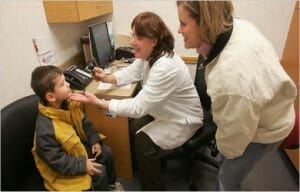
Rossi, M. Picchi, Marialessandra Panozzo, M. Di Stefano, S. Baccetti
Complementary medicine (CM) is being increasingly used by citizens across Europe as a means to maintain their health and to treat illness and disease. In Italy the reform of Title V of the Italian Constitution allows each Region to decide how to put into practice and organize the Public Healthcare System.
The agreement among the Italian National Government, the Regions, and the Provinces of Trento and Bolzano on the terms and requirements for the quality certification of training and practice of acupuncture, herbal medicine, and homeopathy by medical doctors and dentists, signed on February 2013, sets up rules for education and training in acupuncture, herbal medicine, homeopathy, homotoxicology, and anthroposophic medicine. Some regions, including Tuscany, have decided to include Complementary Medicine in their Essential Levels of Assistance, by creating some structures that integrate the health services into the public structures.
The Homeopathic Clinic in Lucca, funded by the Tuscany Region, was established in 1998 as part of a pilot project aimed at assessing the feasibility of integrating complementary medicine into the public health care system. To date, over 4,000 patients have been consecutively visited at the Homeopathic Clinic in Lucca. Concomitantly, research into homeopathy effectiveness has been conducted on the whole sample and on specific groups of children, women or patients’ parents as well.
Studies were also performed on symptom reduction or resolution of atopic diseases, respiratory diseases, side effects of anticancer therapies in women. Other researches concerned cost/effectiveness of therapies, sociodemographic characteristics and compliance of patients, and risk management.
The results demonstrate that homeopathy can effectively integrate or, in some cases, substitute allopathic medicine and that the Tuscan example can be useful to the development of national or European rules on CM utilization.
http://link.springer.com/article/10.1007%2Fs12682-014-0187-0

Hi freinds I’m dr vikrant please add me